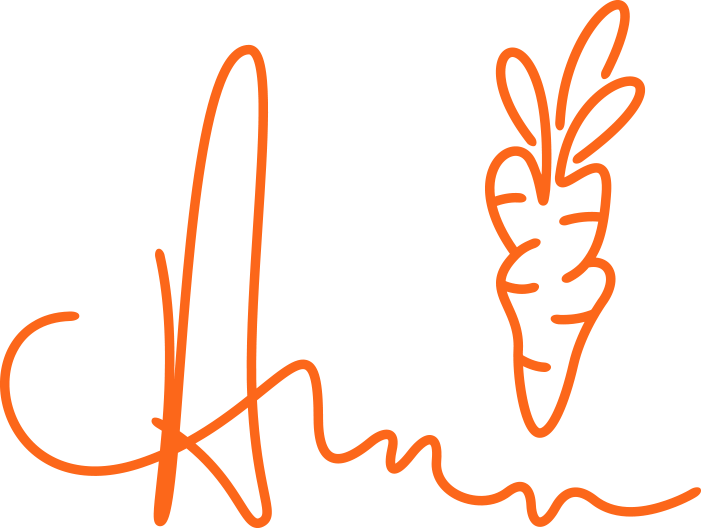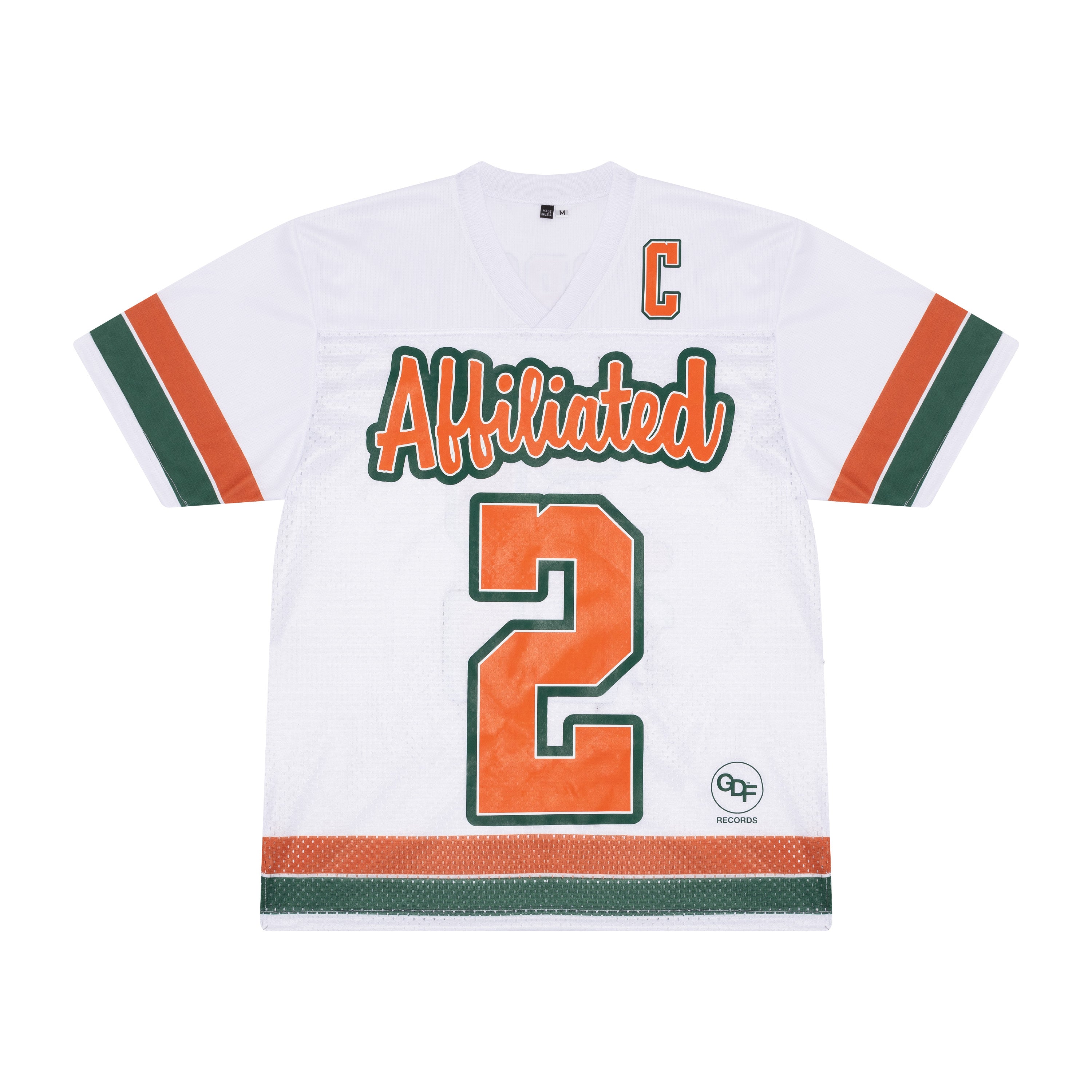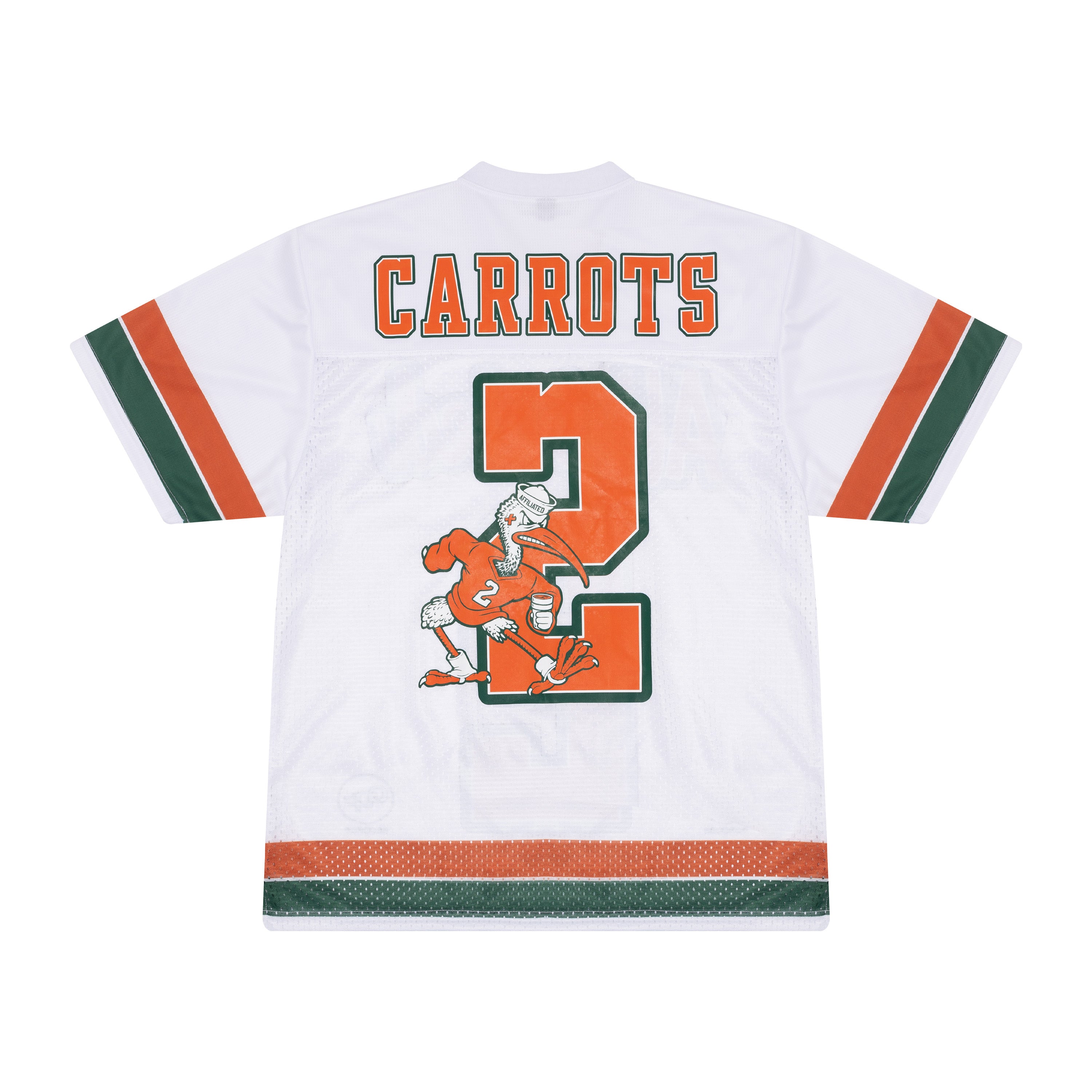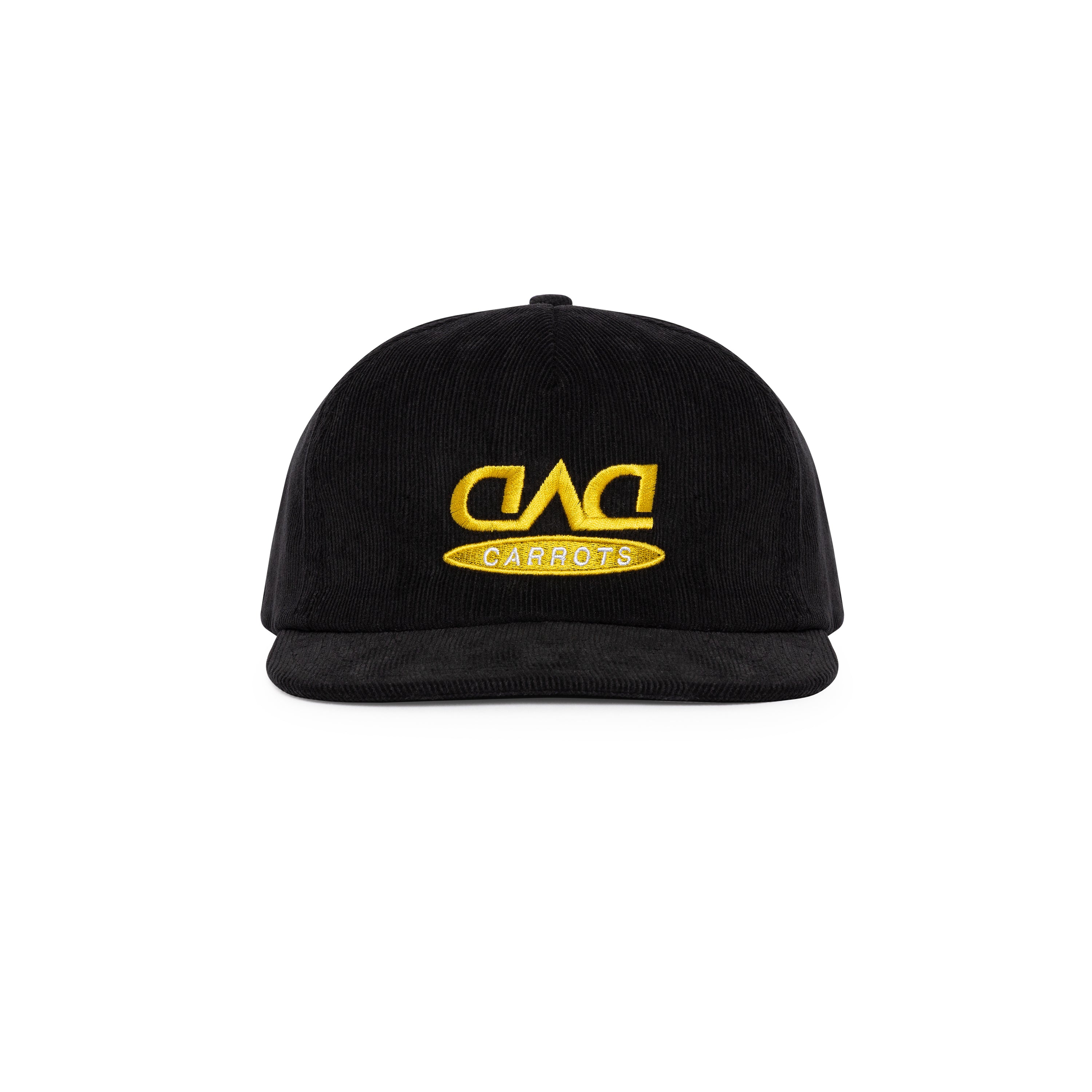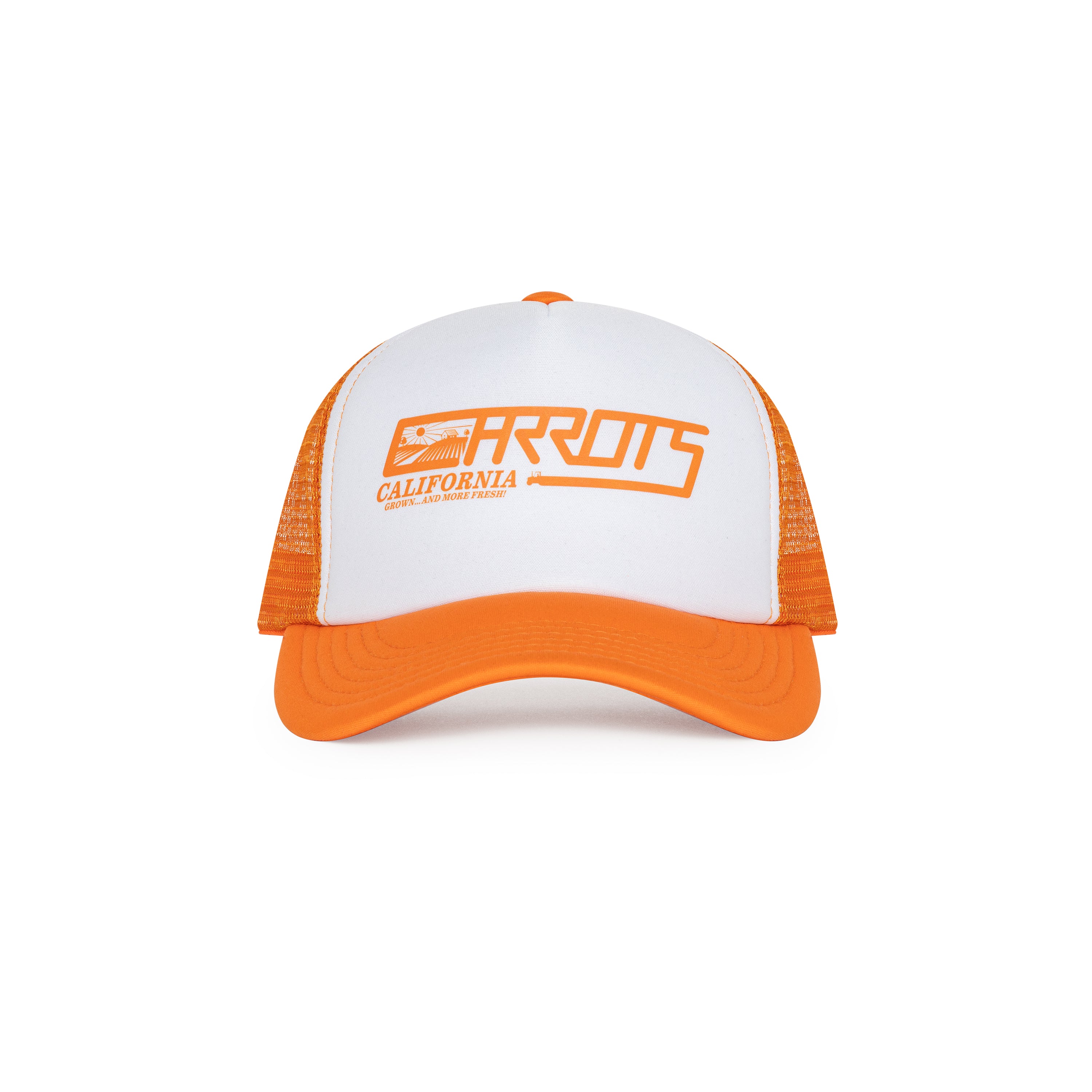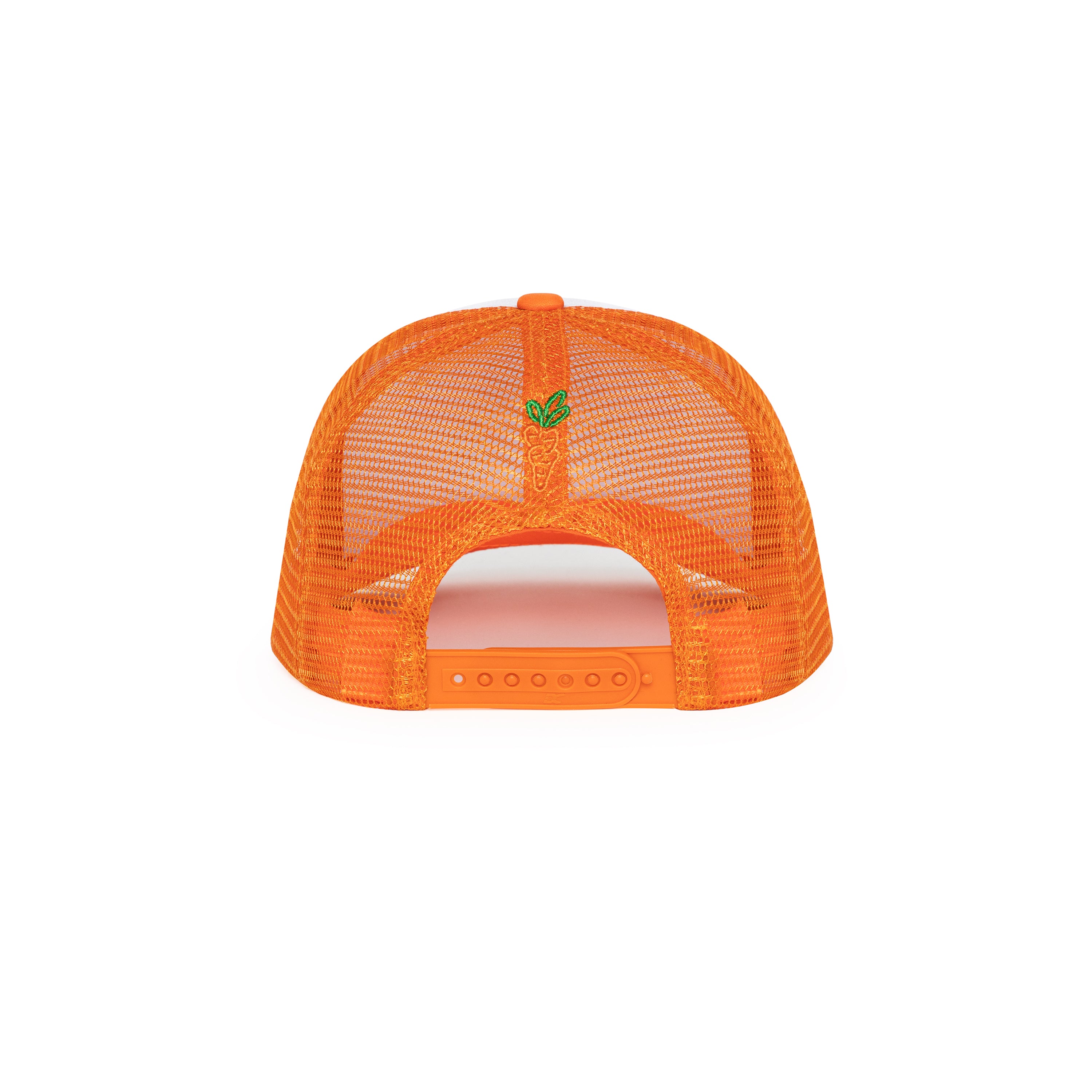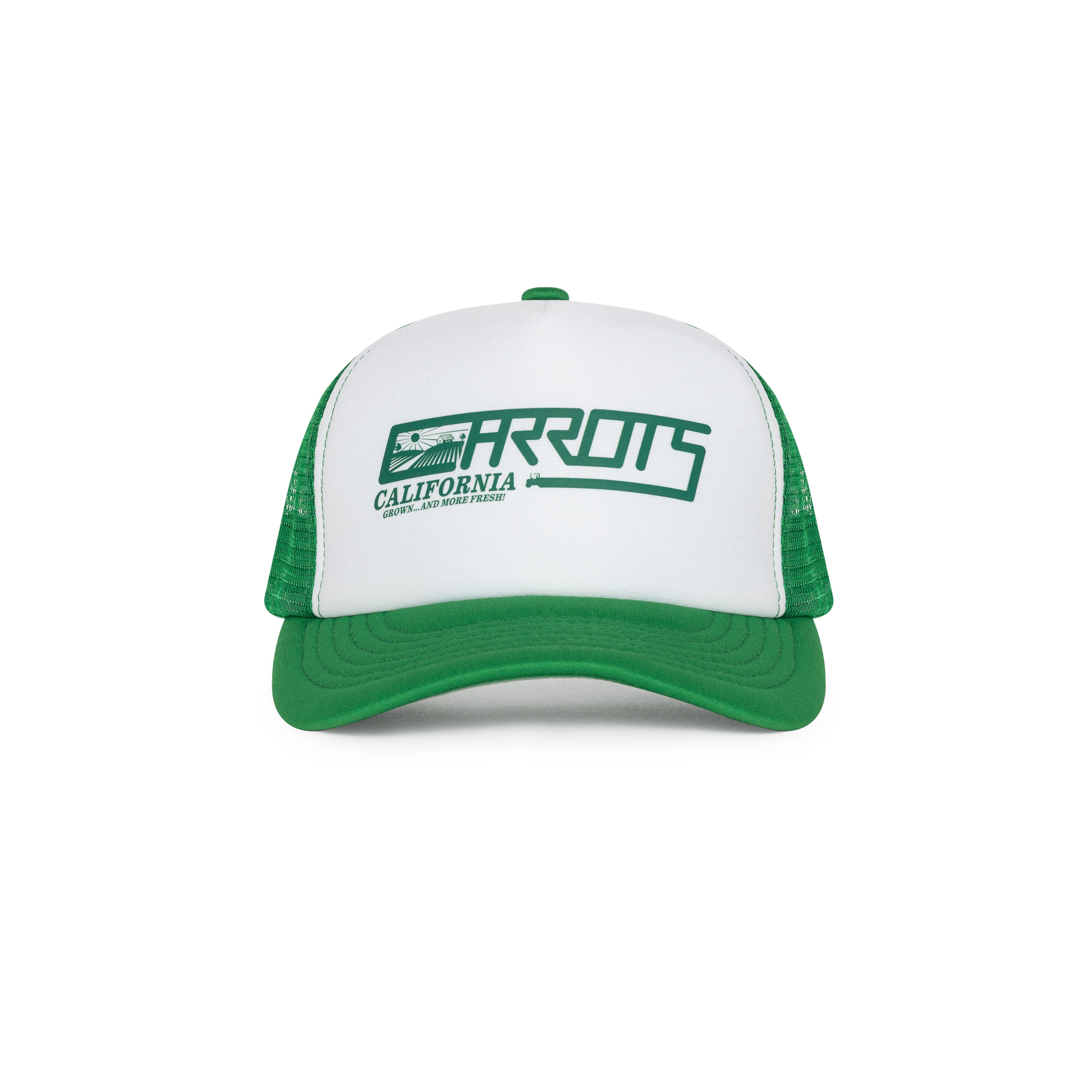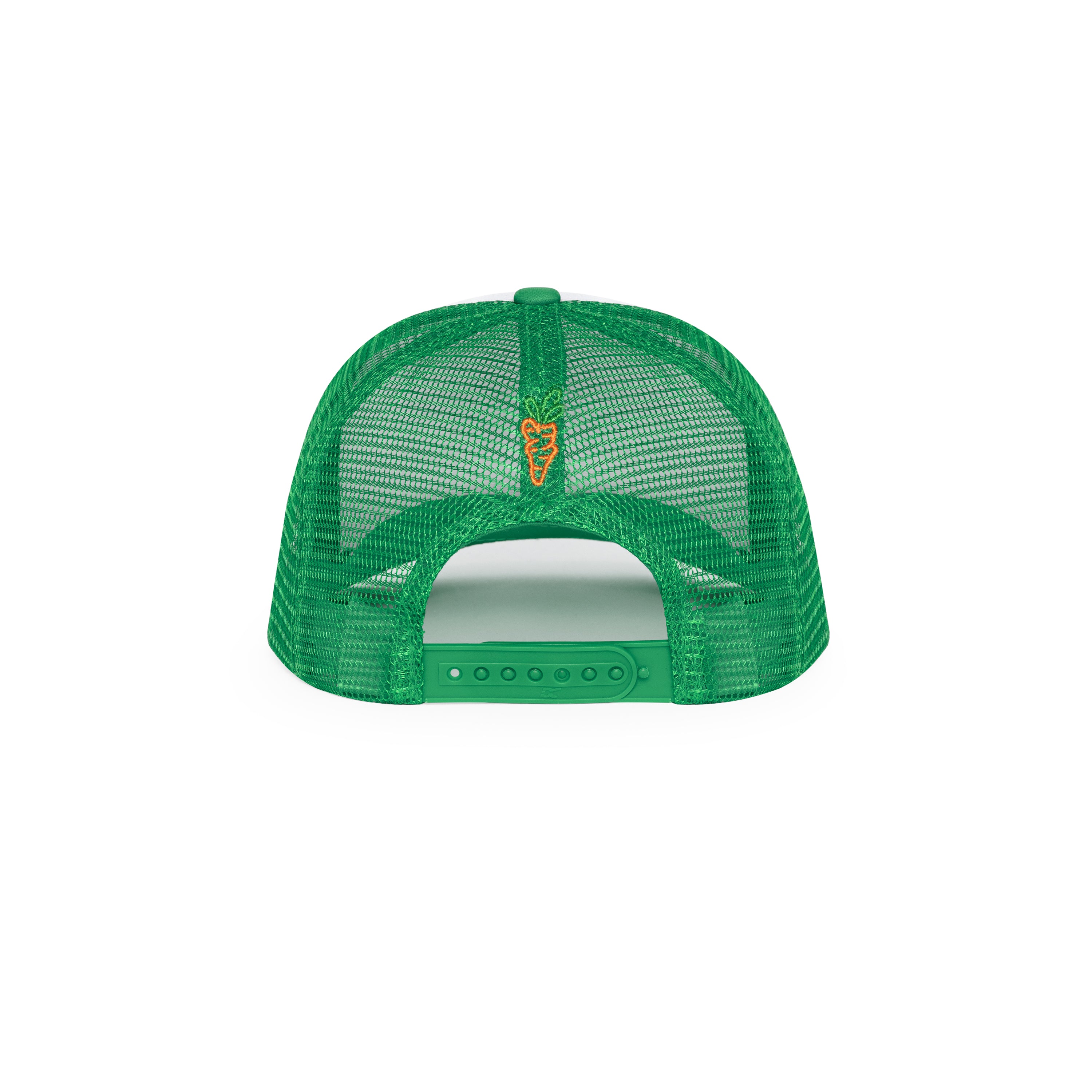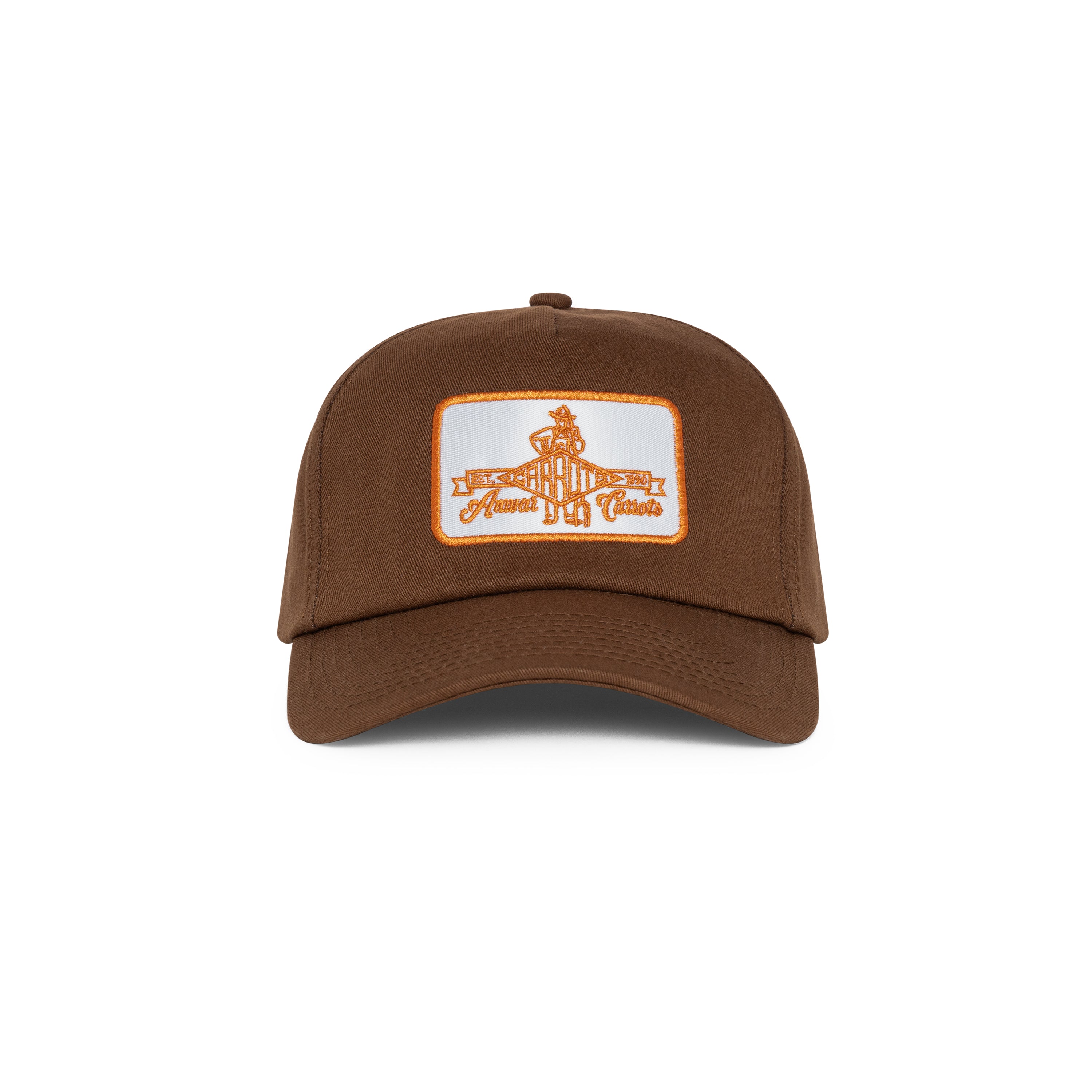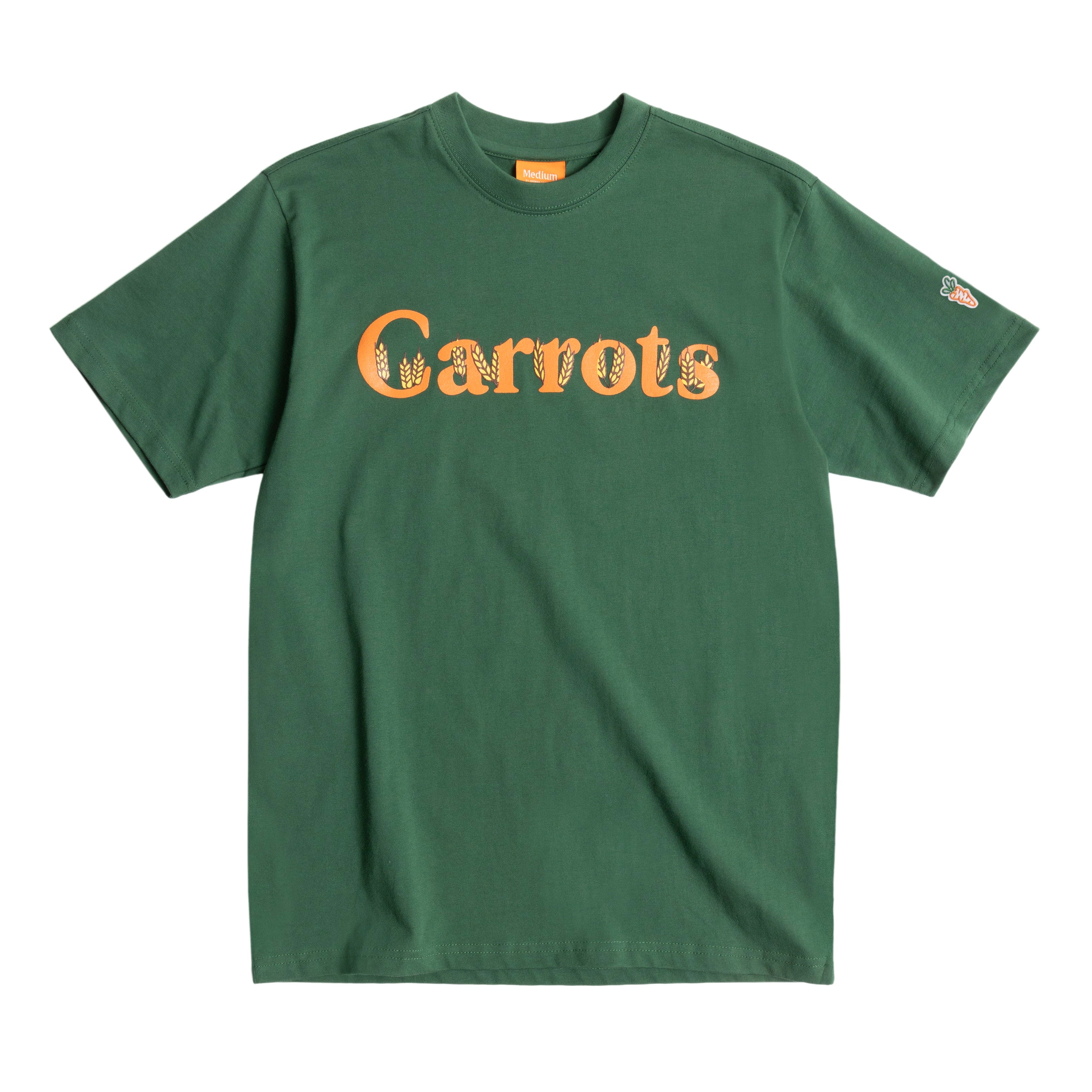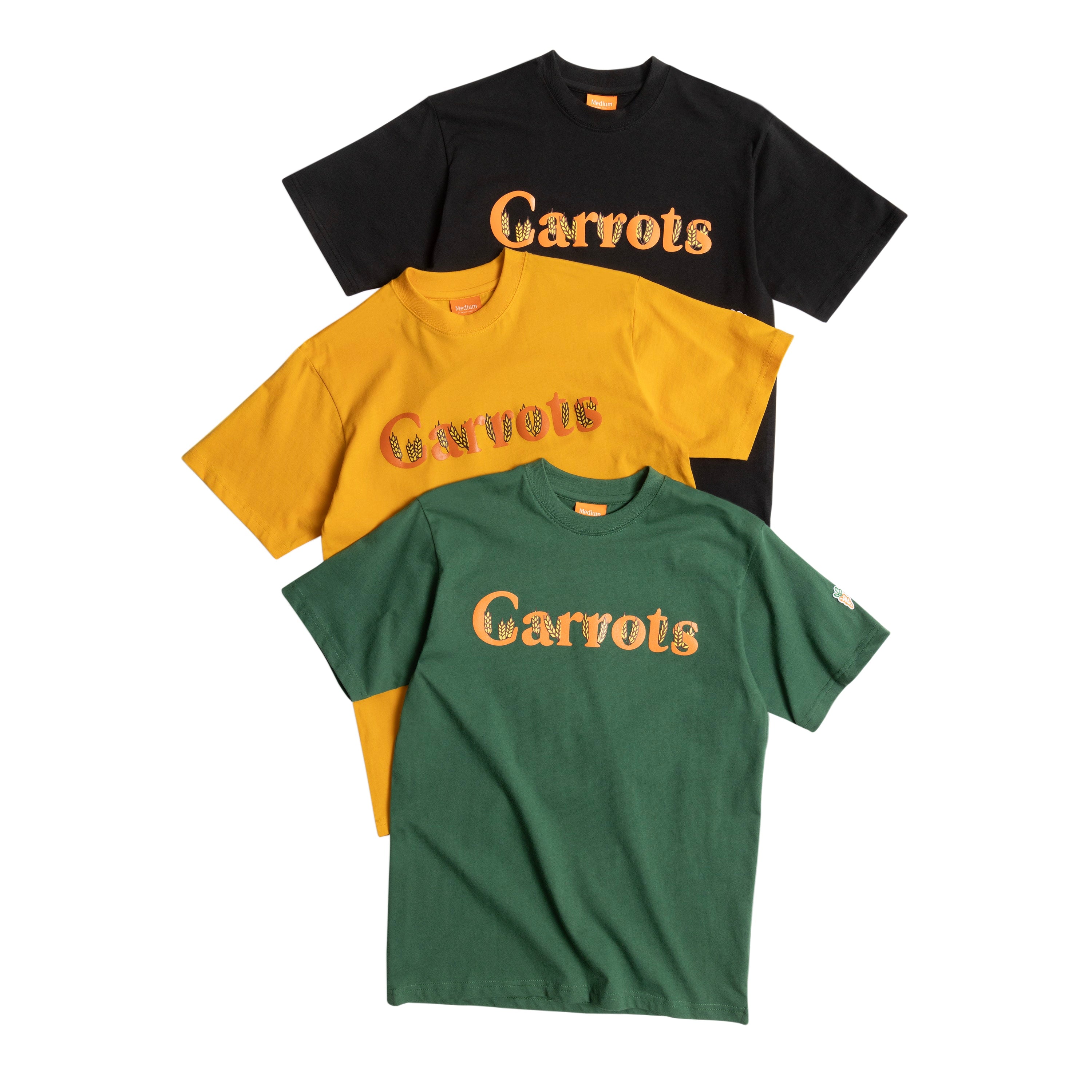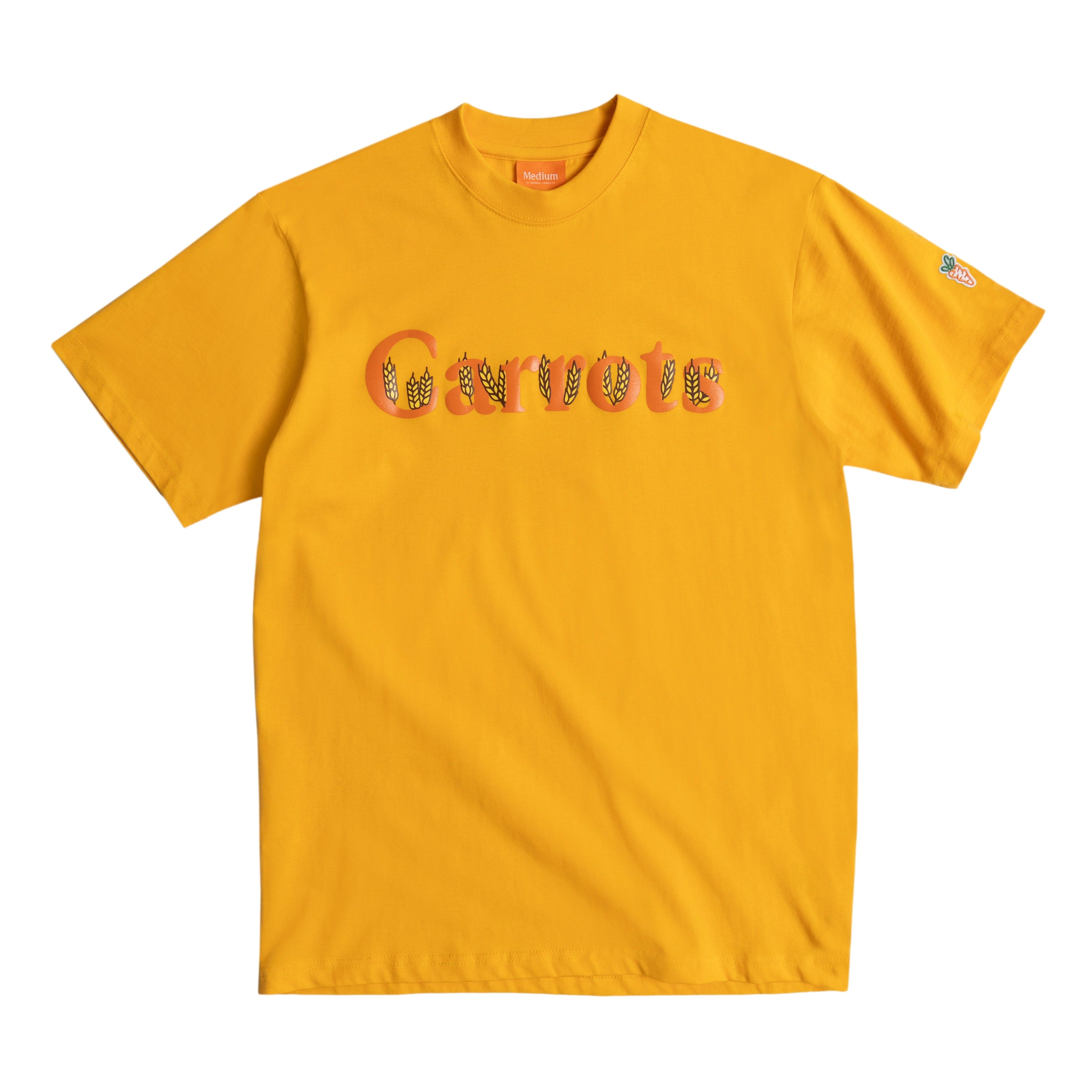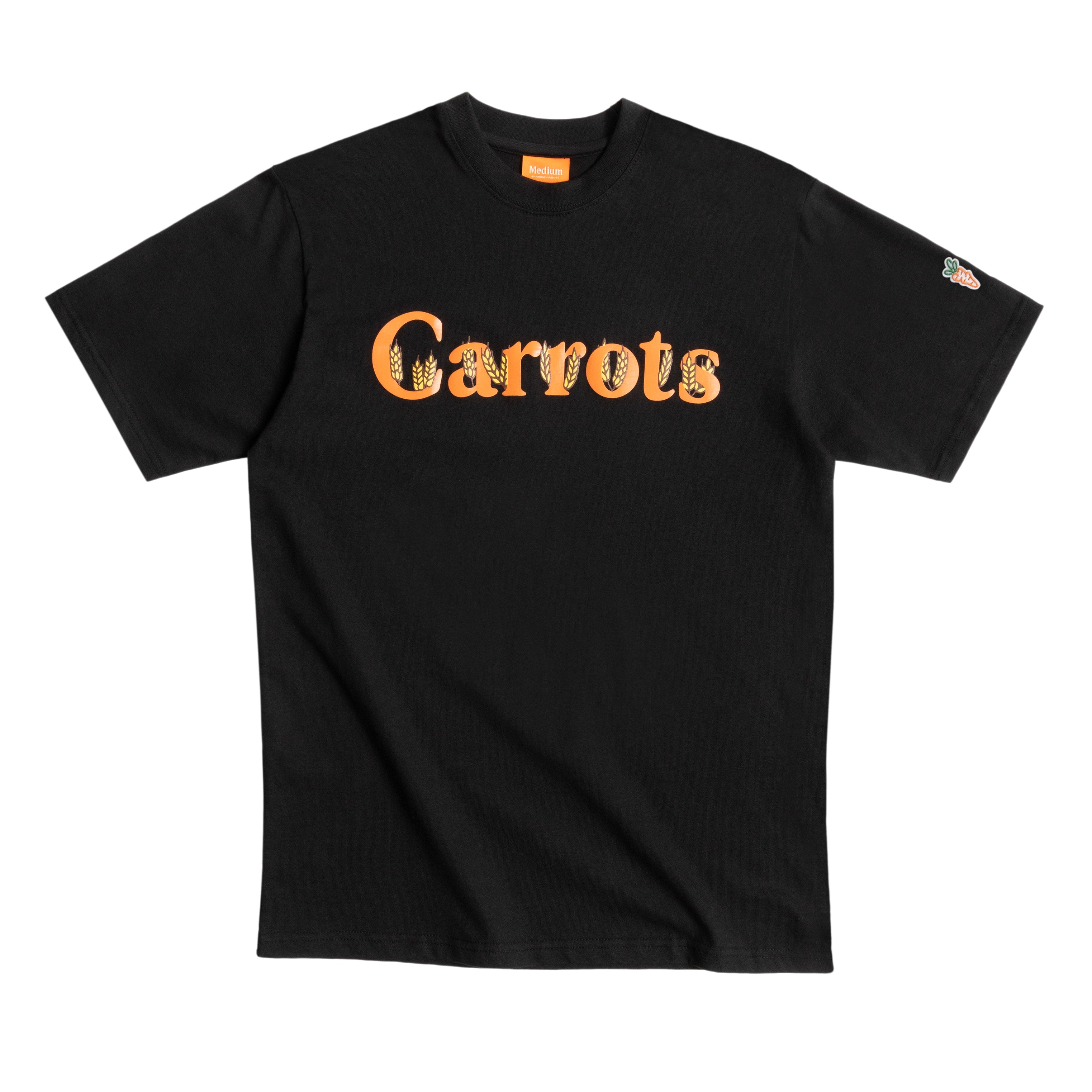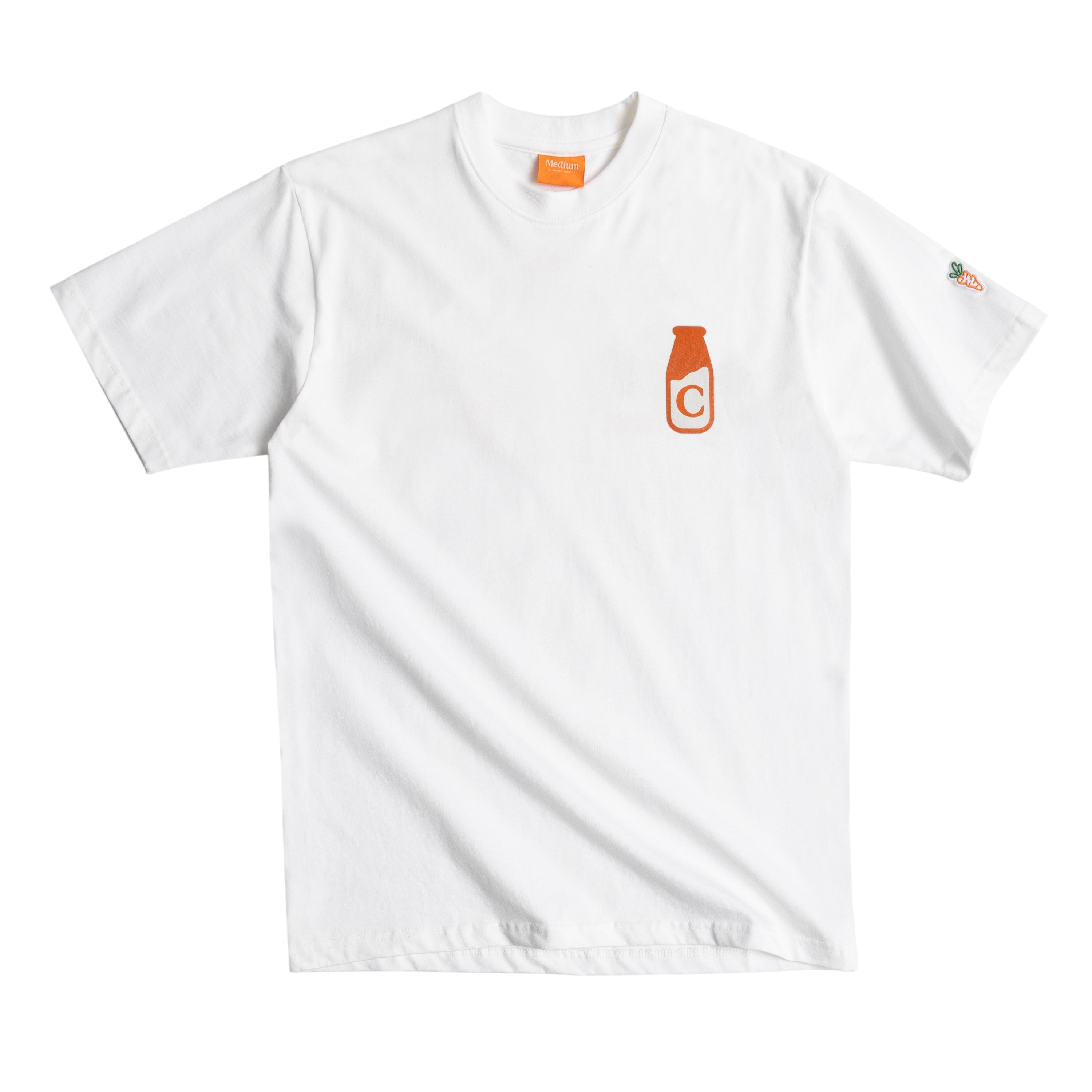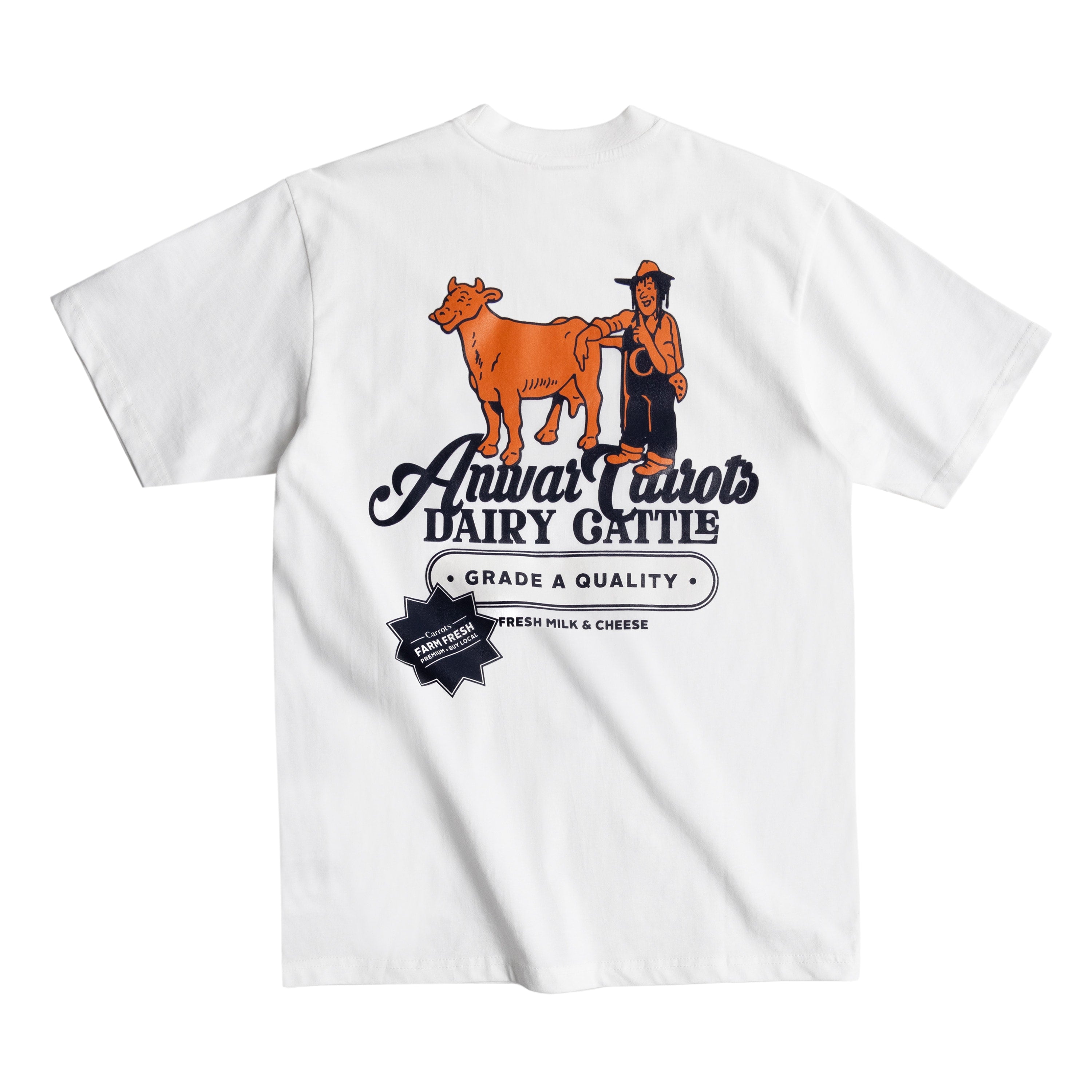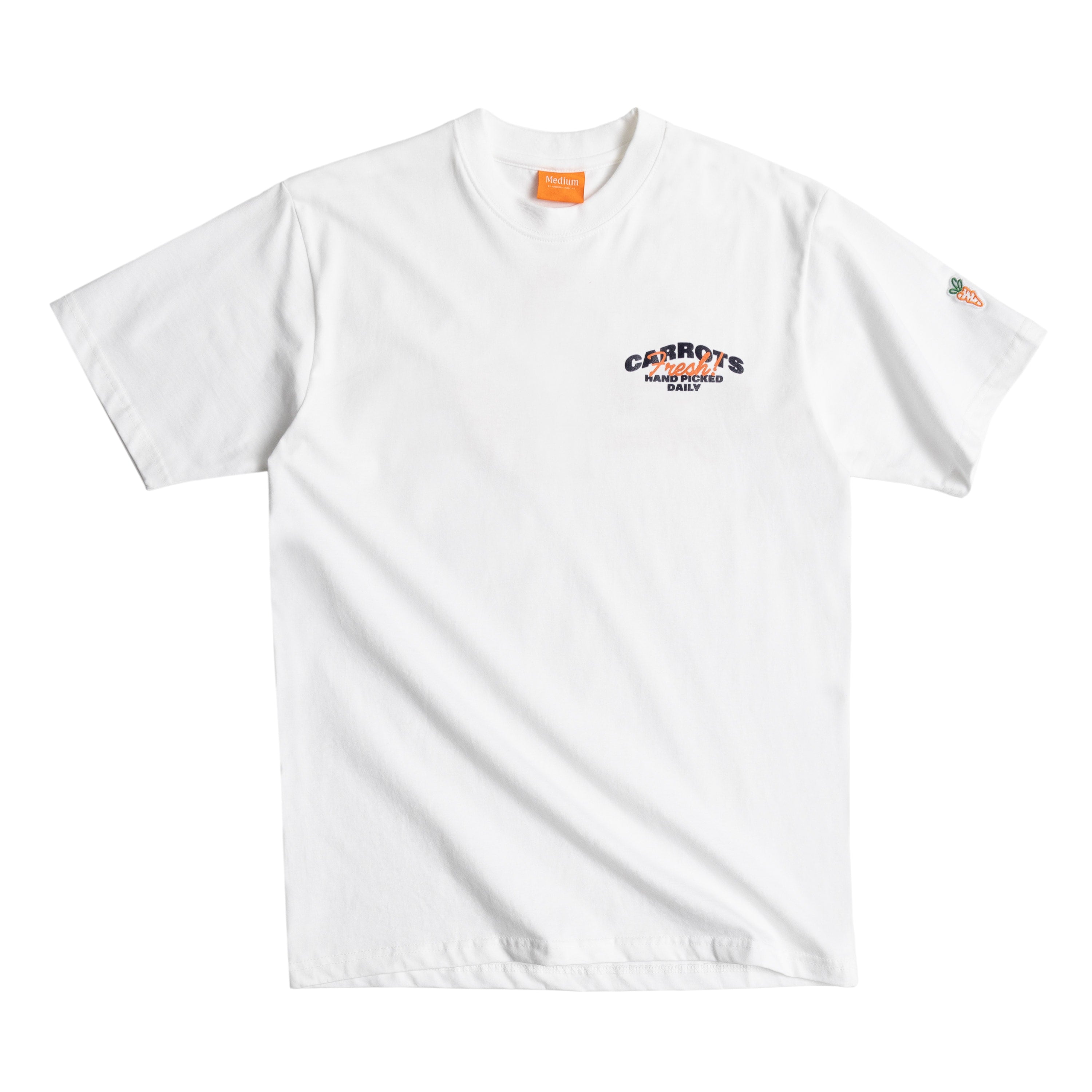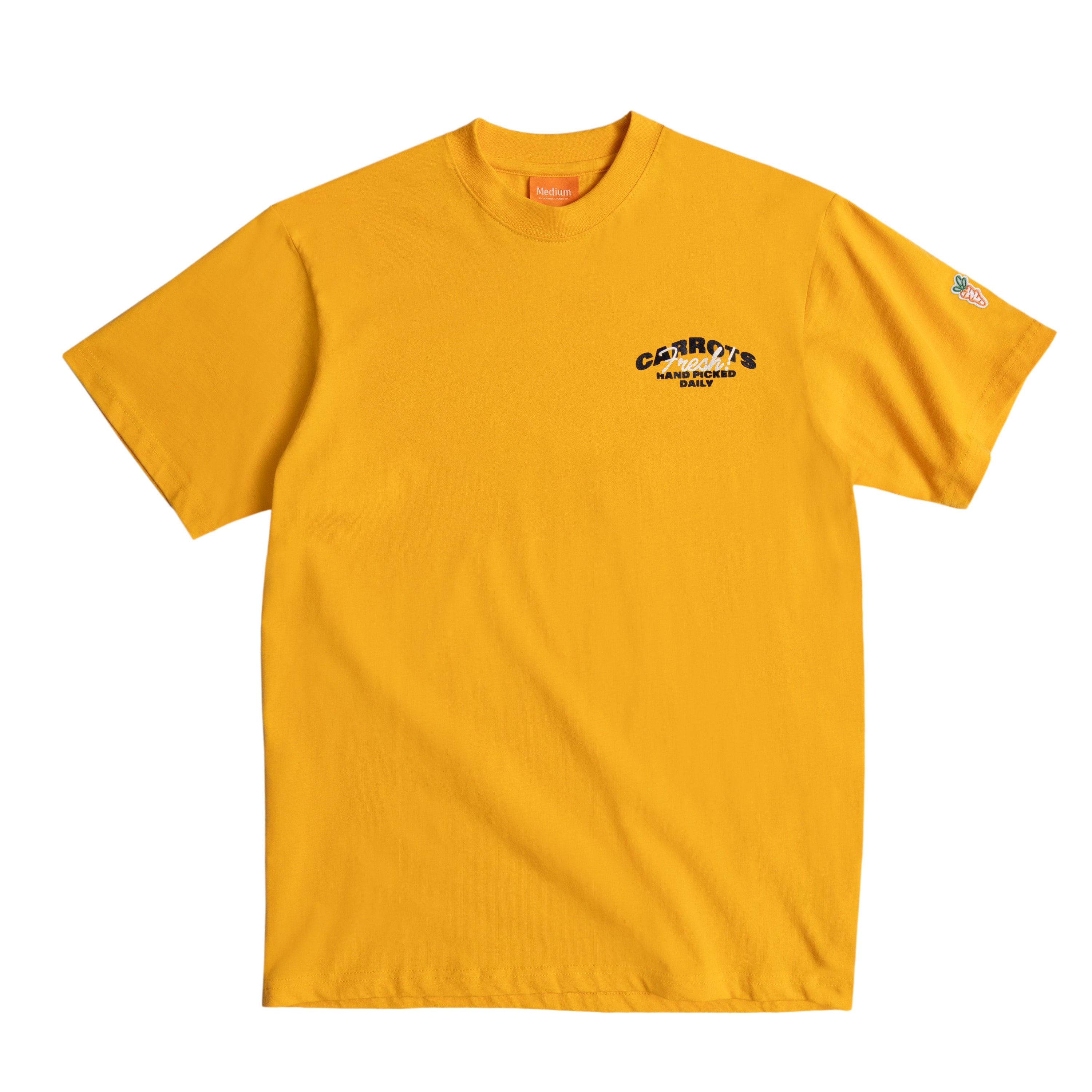
On many occasions, the shop has become home to radio shows, art...



On many occasions, the shop has become home to radio shows, art shows, album listenings, and small performances. What is the motivation to build The Good Company beyond the shop and the clothes?
Quinn: I think in art shows, everything is important, because it’s about more than just t-shirts; it’s a part of the culture, a part of something bigger. I was trying to open a gallery/store originally, and then I fully realized that it would’ve been really hard to find a space that had two rooms in our budget. The second issue was showing work next to clothes, the artist has to be okay with that.
Kumasi: I think it was just to go further. It was always that, for the both of us. I think that’s why [the shop] kind of works. Quinn went to a fine arts school, and I’m a little bit more — I just like good design, and [to me] it’s always been about more than just good design.
Music and clothes have always been related. From F.U.B.U. and LL Cool J to everyone, always. It’ll never stop, but we were trying to widen that perspective. There’s more to it. Growing up, as a kid, people try to pigeonhole you. Especially me being a black kid, they try to pigeonhole you and say, “You have to do this” and “You have to be into that.” I feel like both of us are into a lot of different things, so we wanted the store to reflect that and be like a gumbo of all that stuff, a place where you could display art, shirts, zines, have a concert. Do everything in one place.
I feel like the shirts and everything, the way it’s all curated, brings a different vibe to the shop. Everything merges together. That’s how I like to look at it. I like to look at us as curators of an art gallery, and everything in the shop is an individual piece.
We really pay attention to everything that comes past our front door. Sometimes, it might be an art show, it might be a rapper, it might be a beat, it might even be just a musician, someone that plays rock or something. Graffiti to fine art, you know? We don’t discriminate; it just has to be authentic and true. I’m into people who either have been down for it for so long and they have no choice but to be good at it, or have just excelled in it very fast and you can tell they’re in it for the right reasons and they’re not just in it to exploit it and do something else. Those are the kind of people we try to uplift and showcase.
Tell me more about the art aspect, specifically.
Kumasi: I feel like art in itself is pretty pretentious, and dominated by white males, and it kind of scares away minorities, and even young people, to not pursue it because it’s so pretentious. I always felt like everything was art, from a cup, to a pot, to a car, to shoes. Someone put thought into the bettering of those things. Some of them are shit, and some of them are good, and that’s what makes it art. Growing up, I always looked at t-shirts as art. So when I first started [designing and making t-shirts], a lot of people tried to tell me, “No, it’s only commercial art” or “You have to do it like this.” It felt like the museums or the galleries, how you had to get there, then go inside of them — it’s kind of intimidating to even go to a museum and walk around. I felt like the t-shirt was not necessarily bringing the gallery to the people, but it was bringing art to the people, it was bringing a message.
Going forward, the idea of art needs to be more accessible to the people, be more about people, and about interactions with it, rather than trying to put it in this polished environment that says it’s “art.” Right now, I think it’s more just making things that people can relate to and interact with well that makes art.
The Good Company gives us a chance to take back what art is, and give it back to the people. I feel like we get a cosign on that idea from places like Dover Street [Market] or Opening Ceremony, and you see them start to open t-shirt spaces, or start working with smaller brands that are maybe making more authentic clothing, and you see bigger brands starting to take some of the aspects of smaller brands that are good at that. I think there’s a middle ground and that’s where The Good Company, for better or for worse, tries to bridge that gap — just connecting streetwear and fine art.
The Good Company Is For The Kids
